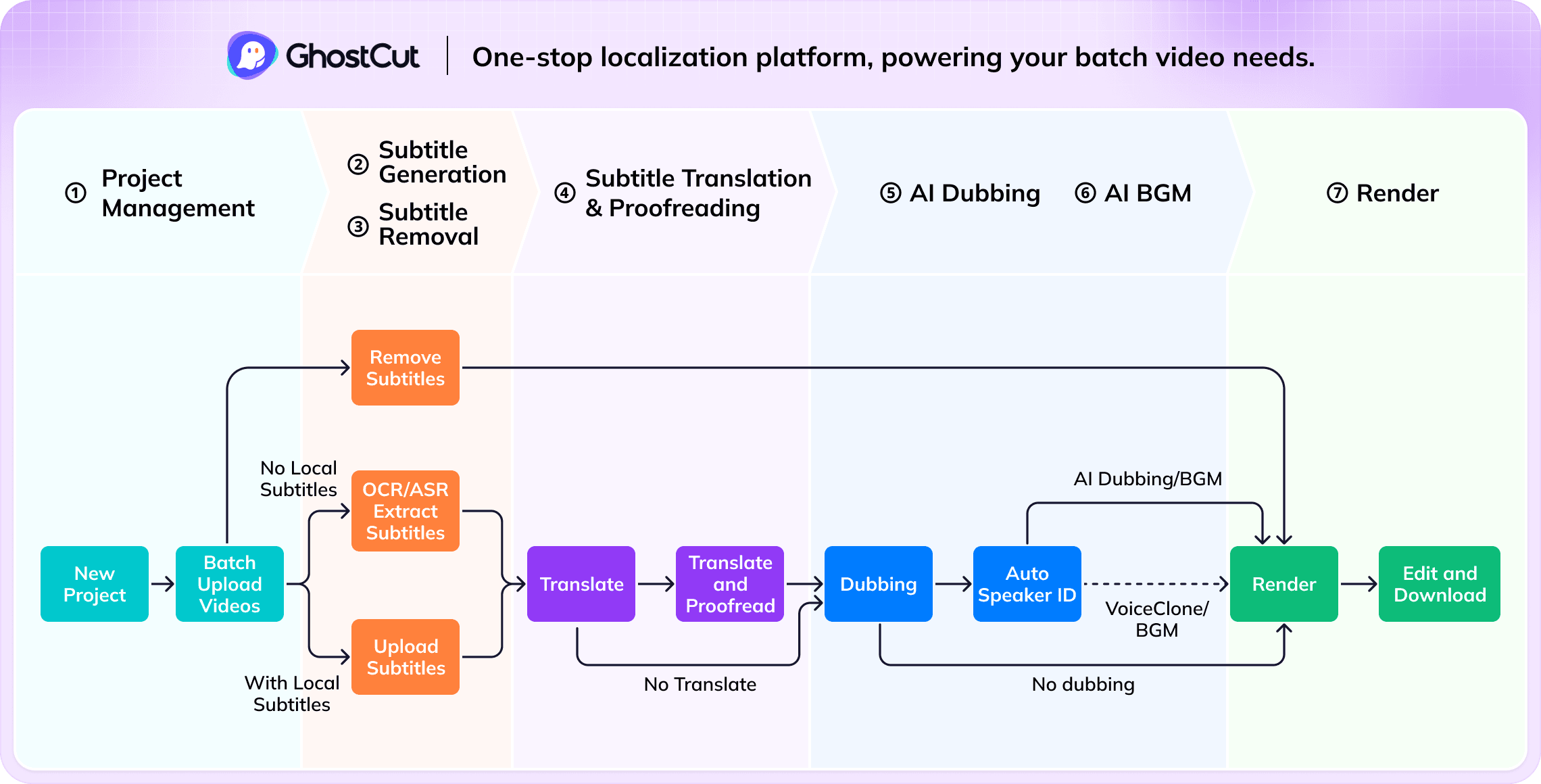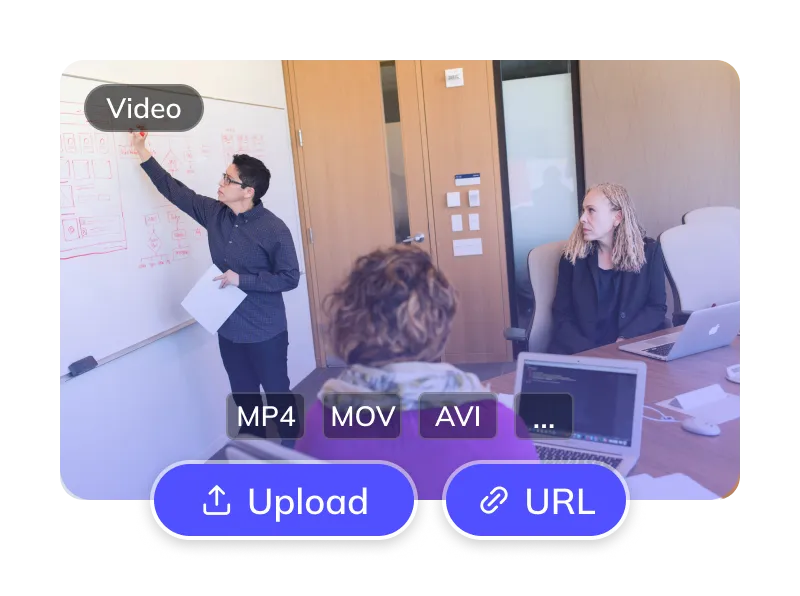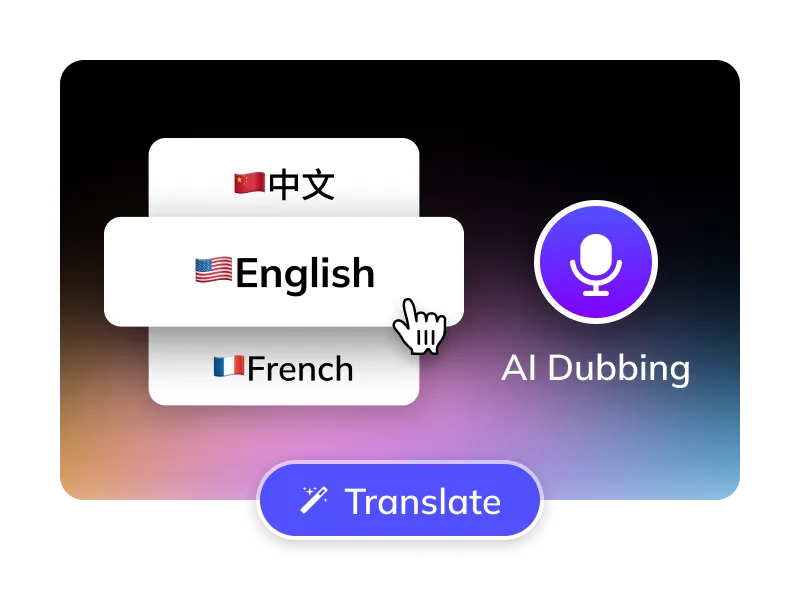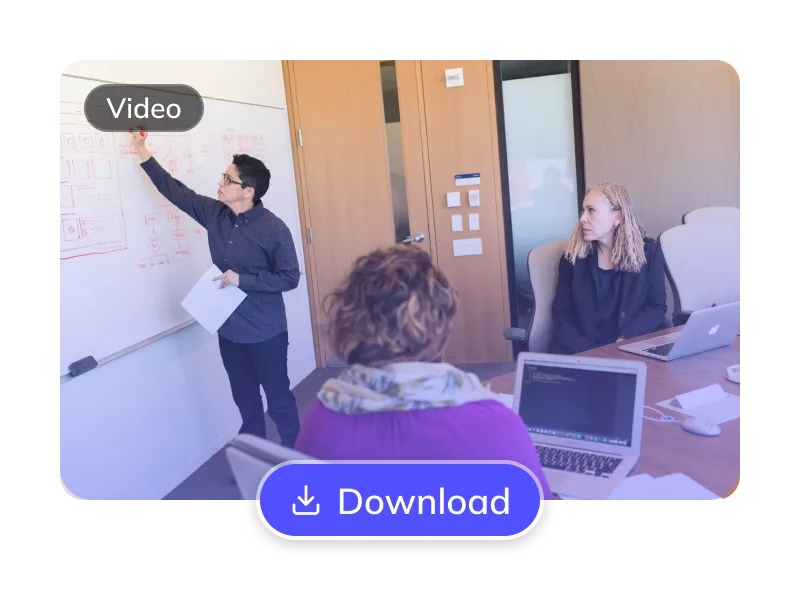How to Translate Japanese Videos to English ?
Translate Japanese Videos to Chinese in 3 Easy Steps
Trusted by 1,500,000+ Global Creators and Businesses
Why GhostCut for Your Video Translations?
GhostCut is your all-in-one AI solution for translating Japanese content into natural, engaging Chinese.
Effortless Project Management
Manage Japanese assets, subtitles, & Chinese videos. Batch process projects efficiently.
Pinpoint Chinese Accuracy
Up to 99.5% accurate. Optimized for Japanese-to-Chinese with LLM calibration & multi-agent review for culturally fluent Chinese translations.
Lifelike Chinese AI Dubbing
Choose from diverse, human-like Chinese AI voices (US/UK accents). Emotion-cloning technology captures original tone for natural Chinese delivery.
Flexible Japanese Subtitle Options
Optionally erase original Japanese hardsubs for a clean slate. Translate embedded Japanese subtitles directly.
Smart Multi-Speaker ID (Japanese)
AI detects multiple speakers in Japanese videos. Assign or clone distinct Chinese voices per character, with cross-episode consistency for complex Chinese dubs (dramas, interviews).
Efficient Batch Processing & API
Batch translate and dub 100s of Japanese videos to Chinese at once. Seamlessly integrate with our robust API.
Versatile BGM Control
Keep or mute original BGM. Our unique tech can also isolate sound effects, meeting diverse copyright and distribution needs.
Unbeatable Value
Flexible Japanese-to-Chinese plans. Try core features free. Automated pro service from just $0.1/minute.
Easy Online Access
No downloads. Instantly translate Japanese videos to Chinese online. Works on Windows, Mac, & major mobile browsers for cloud processing anywhere.
The GhostCut Edge: Unmatched Accuracy, Speed, and Value.
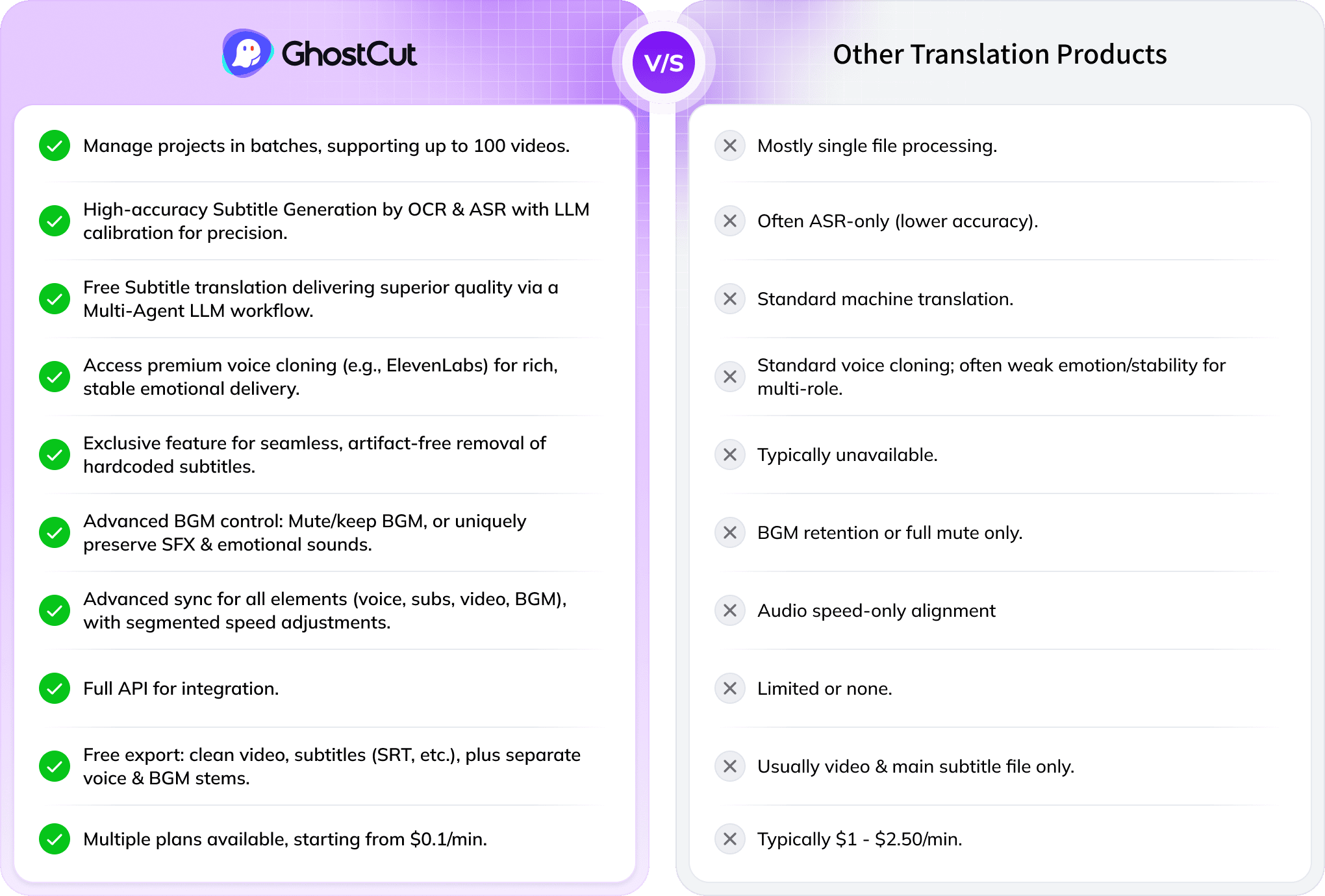
Every Algorithmic Optimization, Engineered for Quality Chinese Video
Mastering Long-Form Japanese Drama & Multi-Character Dubbing
Translating a 100-minute Japanese drama with 4000+ lines and many characters into Chinese is tough. Standard AI struggles to tell speakers apart, causing errors. GhostCut’s multi-modal AI (video, voice, text) excels in long-form, multi-speaker content, ensuring accurate, consistent character voices across entire series.
Translate Now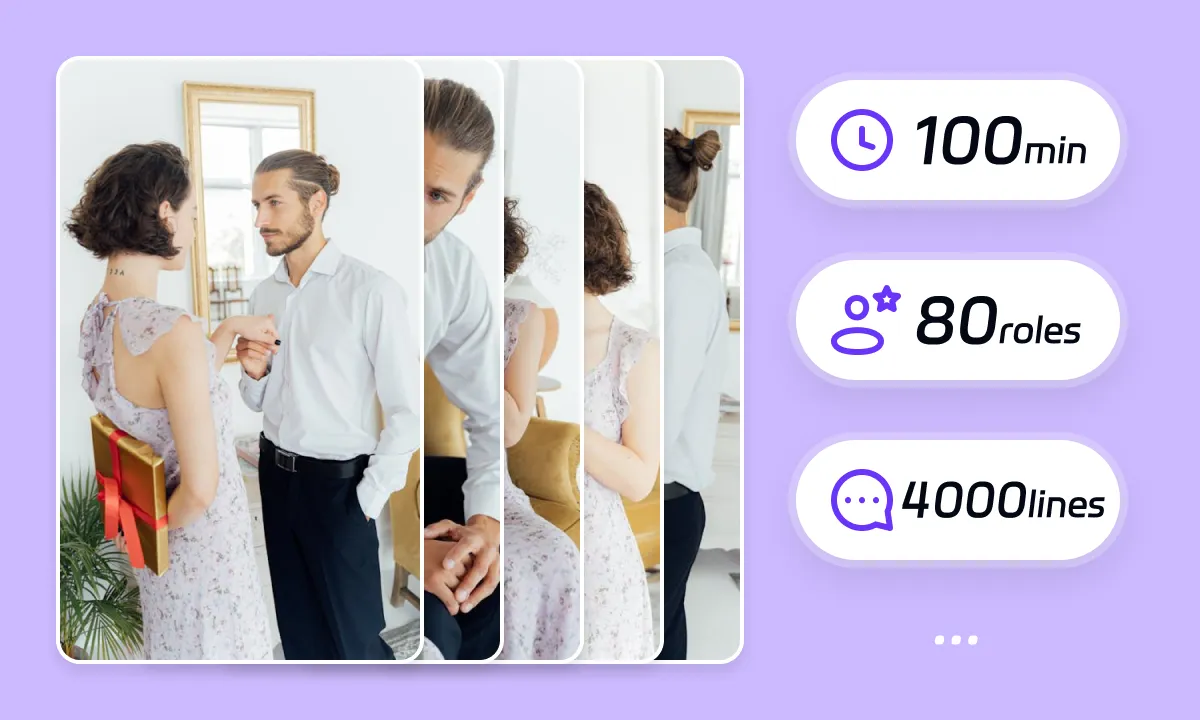
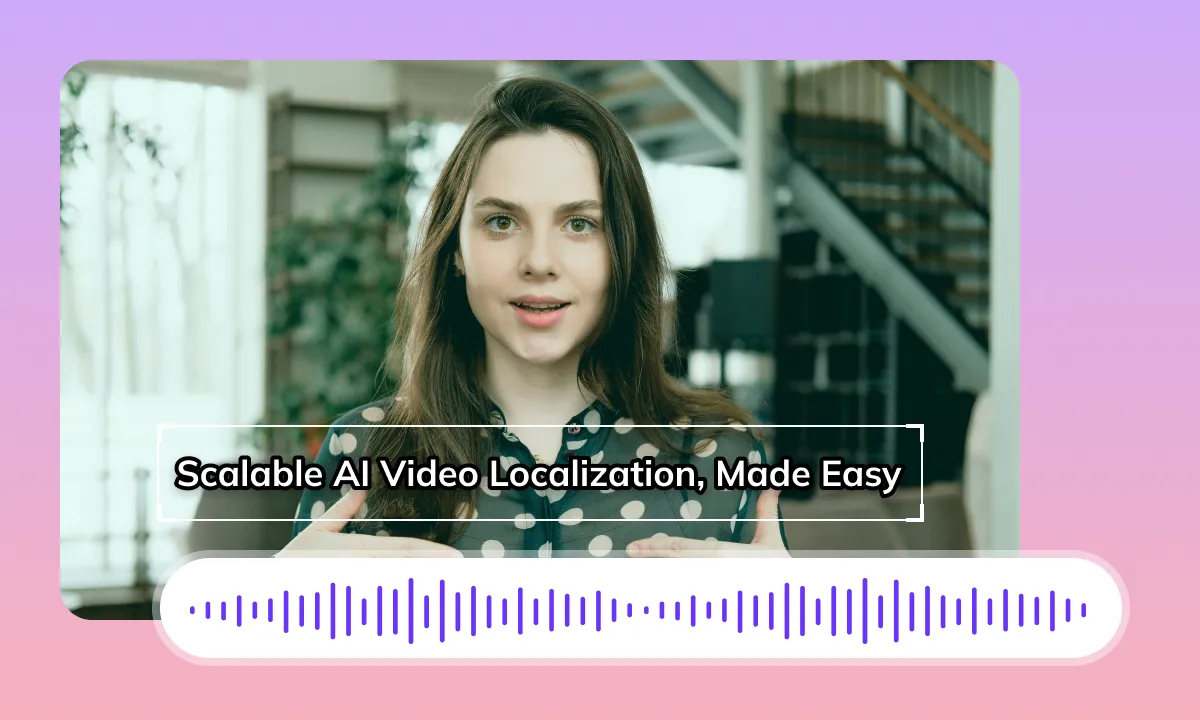
Seamless Chinese Dubbing & Perfect Lip-Sync
GhostCut ensures natural Chinese audio flow by treating related subtitles as whole ideas for TTS. It then precisely times new Chinese subtitles. Since Japanese-to-Chinese translation can change speech length, our AI expertly adjusts the new Chinese audio, subtitles, video, and BGM to maintain perfect sync, just like a seasoned editor.
Translate NowBoost ROI with Flawless Japanese Subtitle Removal
Original Japanese hardsubs can limit your video's global appeal. GhostCut’s AI doesn't just blur; it intelligently reconstructs the background obscured by Japanese subtitles, even complex ones, for a perfectly clean, high-quality visual. This means better viewer engagement, longer watch times, and higher ROI.
Translate Now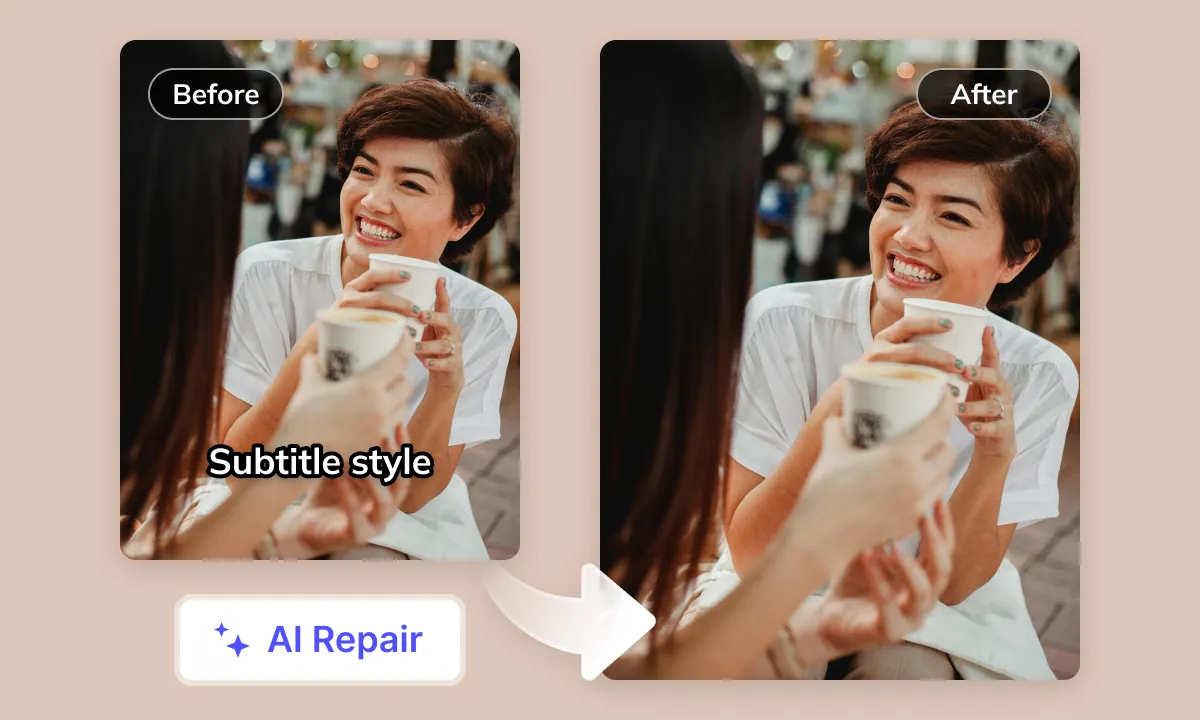
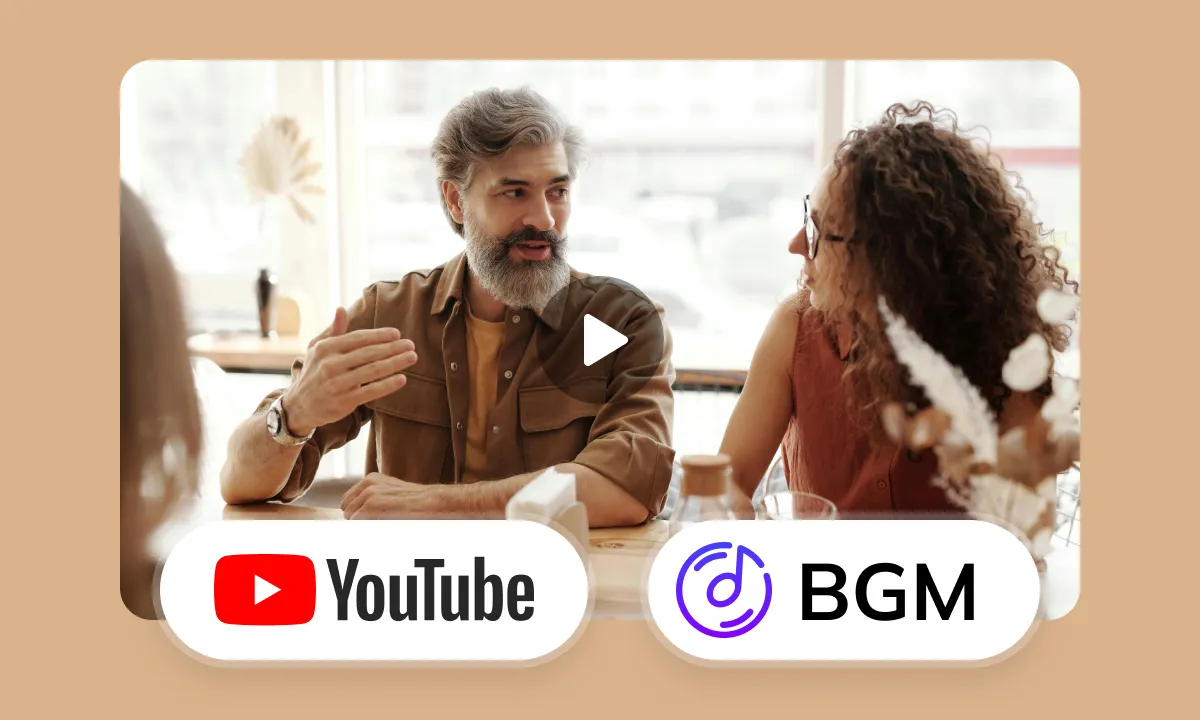
Smart Audio Control for YouTube Creators
Navigating BGM copyright on YouTube is tricky. GhostCut’s advanced audio separation isolates Japanese dialogue for translation, while intelligently managing BGM, sound effects, and even emotional expressions. Our "Keep SFX, Remove Music" option is a creator favorite for avoiding copyright issues without losing your video’s impact.
Translate NowYour Japanese Content Deserves a Chinese Audience
High-quality Japanese videosfrom anime and dramas to Vlogs and culture guidesare globally influential. However, language barriers prevent them from reaching the vast Chinese audience. Platforms currently lack professional Japanese-to-Chinese translation and dubbing. This makes original Japanese videos difficult for Chinese viewers to understand, hurting their viewing experience, reach, and engagement. Consequently, there's a pressing market need for efficient, smart Japanese-to-Chinese video translation and dubbing solutions
Japanese Video Translation to Chinese: Insights and Challenges
Hardcoded Subtitles and Original Audio Processing
Original Japanese videos often contain burned-in Japanese hardcoded subtitles or complex on-screen text, along with the original Japanese audio stream. Efficiently and accurately identifying, extracting, or processing this visual and auditory information, while also managing the original audio, is the primary step influencing the quality of the subsequent Chinese translation and viewer experience
Linguistic Features and Cultural Transcreation
Japanese has unique grammatical structures (e.g., particles, inversions), an intricate honorific system, and numerous slang terms and memes derived from Japanese culture, including popular culture like anime and games. Accurately transforming these authentic expressions into content that aligns with Chinese customs, retains original meaning, and is easily understood, is a core linguistic challenge in Japanese-to-Chinese translation
Subtitle Space and Layout Constraints
When translating information-dense Japanese text into Chinese, despite both languages using Han characters, differences in expression and sentence length mean that Chinese translations require careful consideration of sentence breaks and line length to fit screen display space, preventing subtitles from being too long or having insufficient display time
Speech Rhythm and Synchronization Requirements
Japanese and Chinese differ in natural speech speed, sentence rhythm, and pauses. During Chinese dubbing, the rhythm of the Chinese audio must closely match the speaking speed and character movements in the original video, posing high technical and post-processing demands for achieving high-quality audio-visual synchronization
Japanese Speech Recognition Challenges
AI-based Japanese audio recognition faces various obstacles, including different speaker accents, varying speech speeds, background noise interference, and the prevalence of specialized terminology and informal expressions in specific domains (e.g., anime, games, professional interviews). All these factors impact recognition accuracy
Scarcity of Natural Chinese AI Voices
Although Chinese AI speech synthesis technology is rapidly developing, finding high-quality, diverse Chinese AI voices capable of realistically simulating human emotions and intonations, and perfectly matching the character's personality or video context for dubbing, remains relatively limited
Lip-Sync Technology Difficulty
There are physical differences between Japanese and Chinese mouth shapes during pronunciation. For videos requiring high fidelity to character performance (e.g., interviews, speeches, close-ups), technically aligning the lip movements of Chinese dubbing with those of the characters in the original Japanese video is a significant technical challenge in AI translation
Standards for Top-Tier AI Japanese Video Translation
A high-quality AI system for Japanese video translation to Chinese should achieve: accurate Japanese speech and text recognition - fluent and natural Chinese translation (effectively bridging linguistic and cultural barriers) - high-quality Chinese AI dubbing (with best possible lip-sync) - intelligent audio-visual timeline alignment and post-processing
Tackling Video Translation Challenges with AI Empowering your Japanese content for any worldwide scenario.
Your All-in-One AI Translation Studio
GhostCut offers more than just Japanese-to-Chinese translation. It's a complete AI-powered workflow: subtitle extraction 、 removal 、 translation and proofreading to multi-character dubbing , BGM processing, and final rendering. Go from Japanese source to global-ready videos, effortlessly.
